CT Has 10th Lowest Obesity Rate in the Nation, Research Finds
/Connecticut has a lower adult obesity rate than most other states, according to new national data, which found that 26.9 percent of adults living in Connecticut have obesity, ranking the state 42nd among the 50 states and the District of Columbia. The state has slipped slightly from four years ago - the obesity rate was 25 percent and ranking was 9th lowest in the nation in the 2014 edition of the annual survey. The state's top 10 least obsese status was in the new report came in the 15th annual State of Obesity: Better Policies for a Healthier America report by Trust for America’s Health (TFAH) and the Robert Wood Johnson Foundation (RWJF). Findings include:

- Adult obesity rates vary considerably from state to state, with a high of 38.1 percent in West Virginia and a low of 22.6 percent in Colorado. No state had a statistically significant improvement in its obesity rate over the past year.
- Adult obesity rates are at or above 35 percent in seven states; for the first time in Iowa and Oklahoma, and at least the second time in Alabama, Arkansas, Louisiana, Mississippi, and West Virginia.
- Six states — Iowa, Massachusetts, Ohio, Oklahoma, Rhode Island, and South Carolina — saw their adult obesity rates increase significantly between 2016 and 2017.
- Adult obesity rates are between 30 and 35 percent in 22 states and 19 states have adult obesity rates between 25 and 30 percent.
- Over the past five years (2012 – 2017), 31 states had statistically significant increases in their obesity rate and no state had a statistically significant decrease in its obesity rate.
- There continue to be striking racial and ethnic disparities in obesity rates. In 31 states, the adult obesity rate among Blacks is at or above 35 percent. Latino adults have obesity at a rate at or above 35 percent in eight states. White adults have obesity rates at or above 35 percent in one state. Nationally, the adult obesity rates for Latinos, Blacks and Whites are 47.0 percent, 46.8 percent and 37.9 percent respectively.
The least obese states are Colorado (22.6 %),District of Columbia (23.0%), Hawaii (23.8 %), California (25.1%), Tie Montana and Utah (25.3%), New York (25.7%), Massachusetts (25.9%), Nevada (26.7%) and Connecticut (26.9%).
“Obesity is a complex and often intractable problem and America’s obesity epidemic continues to have serious health and cost consequences for individuals, their families and our nation,” said John Auerbach, president and CEO of Trust for America’s Health. “The good news is that there is growing evidence that certain prevention programs can reverse these trends. But we won’t see meaningful declines in state and national obesity rates until they are implemented throughout the nation and receive sustained support.”
 Obesity is a problem in virtually every city and town, and every income and social sector. But its impact is most serious in communities where conditions make access to healthy foods and regular physical activity more difficult, such as lower income and rural areas, including many communities of color. The national costs of obesity are enormous, officials point out. Obesity drives an estimated $149 billion annually in directly related healthcare spending, and an additional $66 billion annually in lowered economic productivity. Also, one in three young adults is ineligible for military service, due to being overweight, officials noted.
Obesity is a problem in virtually every city and town, and every income and social sector. But its impact is most serious in communities where conditions make access to healthy foods and regular physical activity more difficult, such as lower income and rural areas, including many communities of color. The national costs of obesity are enormous, officials point out. Obesity drives an estimated $149 billion annually in directly related healthcare spending, and an additional $66 billion annually in lowered economic productivity. Also, one in three young adults is ineligible for military service, due to being overweight, officials noted.
The report offers 40 recommendations for federal, state and local policymakers; the restaurant and food industries; and the healthcare system. Among them:
- Medicare should encourage eligible beneficiaries to enroll in obesity counseling as a covered benefit, and, evaluate its use and effectiveness. Health plans, medical schools, continuing medical education, and public health departments should raise awareness about the need and availability of these services.
- Food and beverage companies should eliminate children’s exposure to advertising and marketing of unhealthy products.
- Hospitals should no longer sell or serve sugary drinks on their campuses; they should also improve the nutritional quality of meals and promote breastfeeding.


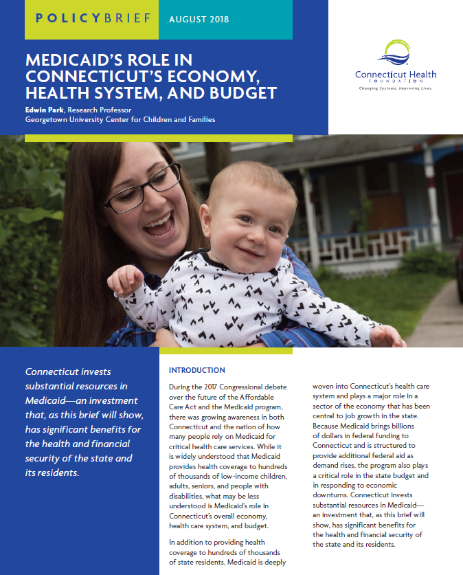
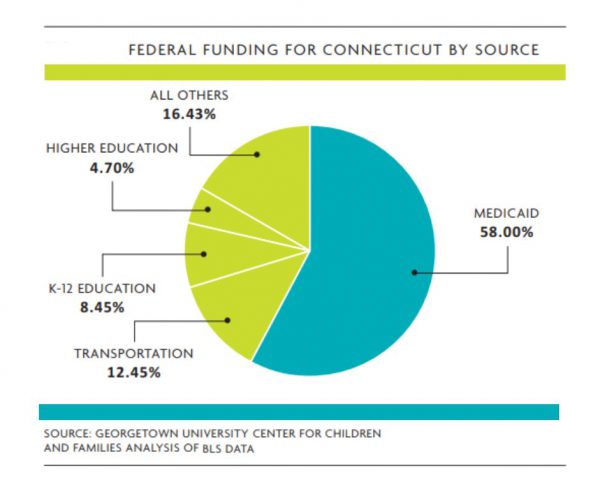 Among the report’s other key findings:
Among the report’s other key findings: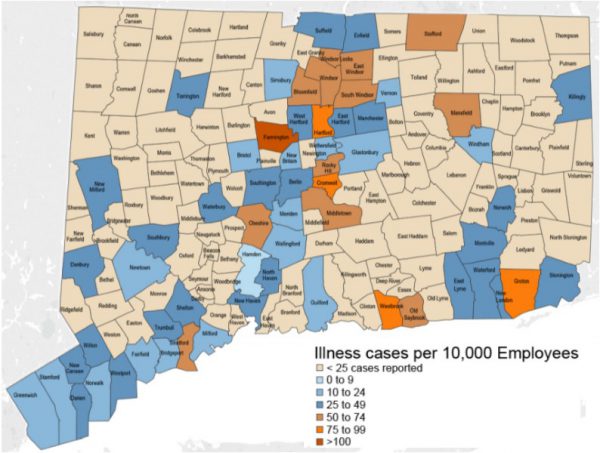
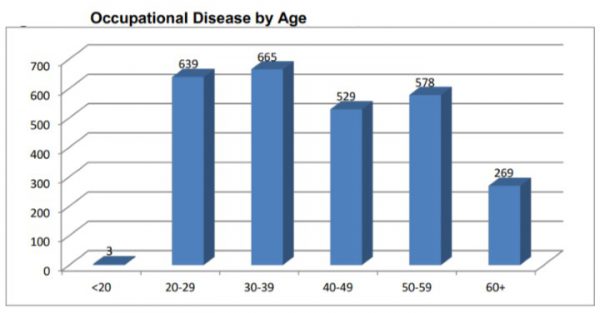 These higher town rates often reflect the locations of large employers in higher hazard industries, and may also reflect better reporting of cases, since cases of occupational illness are often not reported, the study points out.
These higher town rates often reflect the locations of large employers in higher hazard industries, and may also reflect better reporting of cases, since cases of occupational illness are often not reported, the study points out.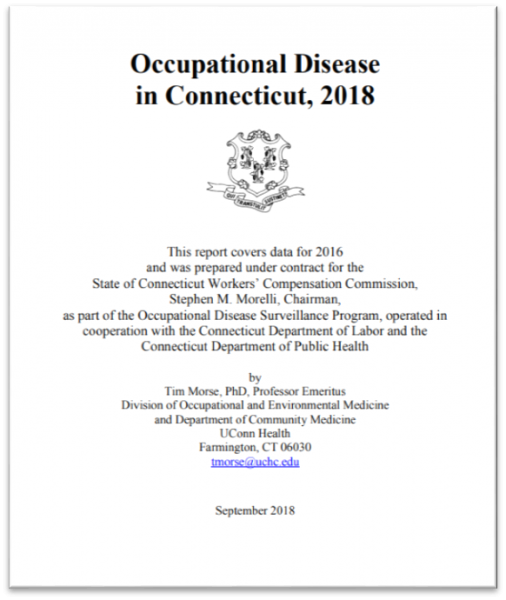
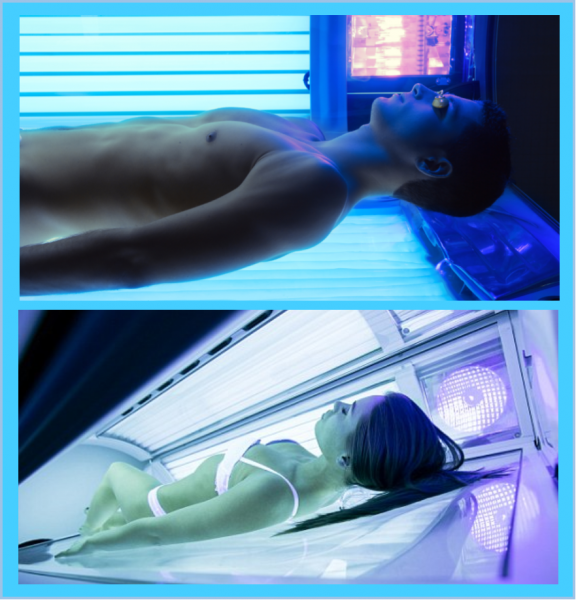
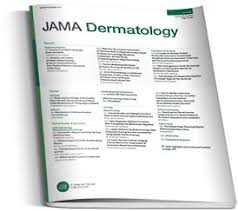
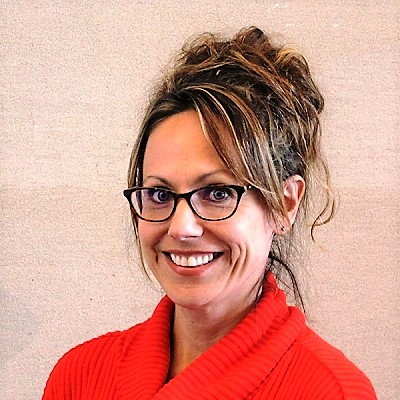 Pagoto is also Director of the UConn Center for mHealth and Social Media. She is also a licensed clinical psychologist her research focuses on leveraging technology in the development and delivery of behavioral interventions targeting diet, physical activity, and cancer prevention behaviors. She has had federal funding for her program of research for 14 consecutive years, totaling over $11 million, and has published over 170 papers in peer-reviewed journals, according to the UConn website.
Pagoto is also Director of the UConn Center for mHealth and Social Media. She is also a licensed clinical psychologist her research focuses on leveraging technology in the development and delivery of behavioral interventions targeting diet, physical activity, and cancer prevention behaviors. She has had federal funding for her program of research for 14 consecutive years, totaling over $11 million, and has published over 170 papers in peer-reviewed journals, according to the UConn website.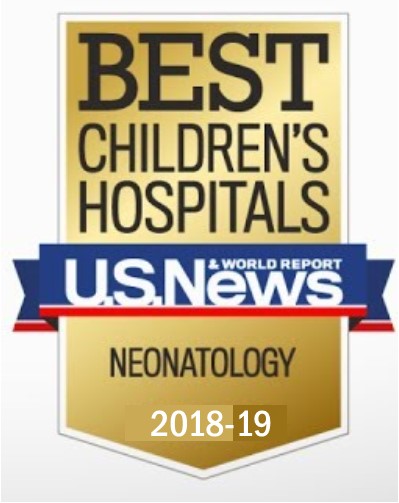 Atop the rankings in the pediatric specialty were Children’s National Medical Center (Washington, DC), Children’s Hospital of Philadelphia, Boston Children’s Hospital, Children’s Hospital Colorado, Cincinnati Children’s Hospital Medical Center, Rainbow Babies and Children’s Hospital (Cleveland), UCSF Benioff Children’s Hospital of San Francisco and Oakland, New York-Presbyterian Morgan Stanley-Komansky Children’s Hospital, St. Louis Children’s Hospital-Washington University, and C.S. Mott Children’s Hospital – Michigan Medicine (Ann Arbor).
Atop the rankings in the pediatric specialty were Children’s National Medical Center (Washington, DC), Children’s Hospital of Philadelphia, Boston Children’s Hospital, Children’s Hospital Colorado, Cincinnati Children’s Hospital Medical Center, Rainbow Babies and Children’s Hospital (Cleveland), UCSF Benioff Children’s Hospital of San Francisco and Oakland, New York-Presbyterian Morgan Stanley-Komansky Children’s Hospital, St. Louis Children’s Hospital-Washington University, and C.S. Mott Children’s Hospital – Michigan Medicine (Ann Arbor). e, infection rates in the NICU and other data collected from a detailed U.S. News clinical survey of children's hospitals, produced 85 percent of each hospital's score. The other 15 percent reflects nominations from pediatric specialists and subspecialists who responded to surveys in 2016, 2017 and 2018 and recommended the hospital for serious cases in their specialty.
e, infection rates in the NICU and other data collected from a detailed U.S. News clinical survey of children's hospitals, produced 85 percent of each hospital's score. The other 15 percent reflects nominations from pediatric specialists and subspecialists who responded to surveys in 2016, 2017 and 2018 and recommended the hospital for serious cases in their specialty.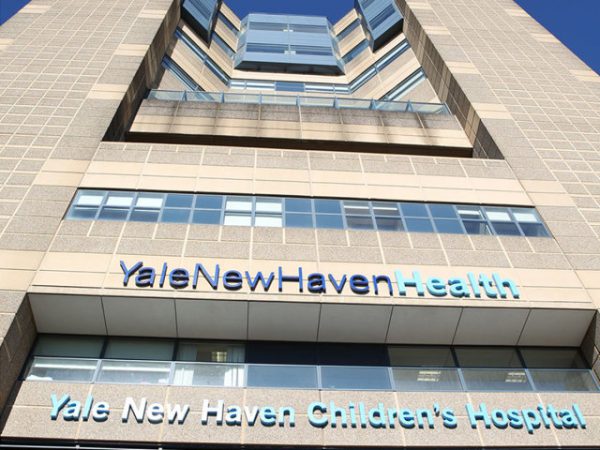

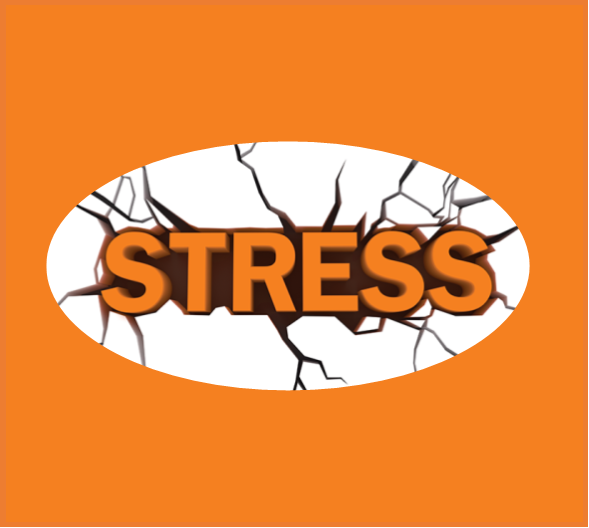



 According to the Nature Conservancy, Bridgeport currently has a 19% tree canopy cover, for example. If all open spaces, vacant lots and parking lots could be planted, the city would have a 62% tree canopy cover. The ramifications would be substantial, impacting various health and quality of life factors.
According to the Nature Conservancy, Bridgeport currently has a 19% tree canopy cover, for example. If all open spaces, vacant lots and parking lots could be planted, the city would have a 62% tree canopy cover. The ramifications would be substantial, impacting various health and quality of life factors.
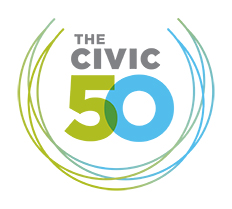 The survey analysis is administered for the Points of Light Foundation by True Impact, a company specializing in helping organizations maximize and measure their social and business value, and analyzed by VeraWorks. The survey instrument consists of quantitative and multiple-choice questions that inform the Civic 50 scoring process. It is the only survey and ranking system that exclusively measures corporate involvement in communities.
The survey analysis is administered for the Points of Light Foundation by True Impact, a company specializing in helping organizations maximize and measure their social and business value, and analyzed by VeraWorks. The survey instrument consists of quantitative and multiple-choice questions that inform the Civic 50 scoring process. It is the only survey and ranking system that exclusively measures corporate involvement in communities.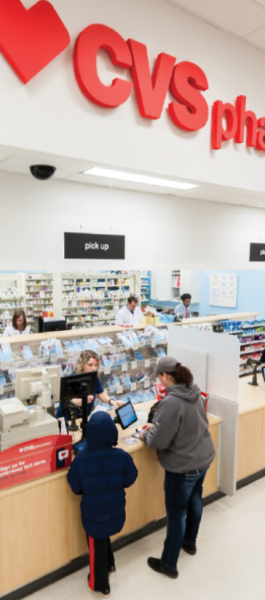
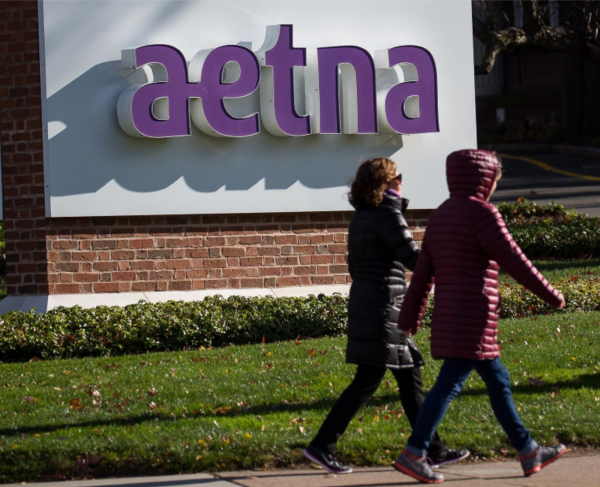 In its Corporate Social Responsibility
In its Corporate Social Responsibility  prise 31 percent of Aetna’s employees, which was a key driver of our new program to provide up to $10,000 to qualified recent college graduates to help them repay education loans.”
prise 31 percent of Aetna’s employees, which was a key driver of our new program to provide up to $10,000 to qualified recent college graduates to help them repay education loans.”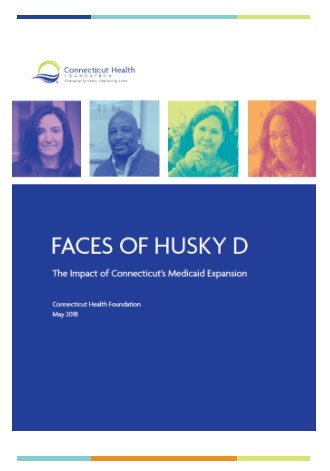
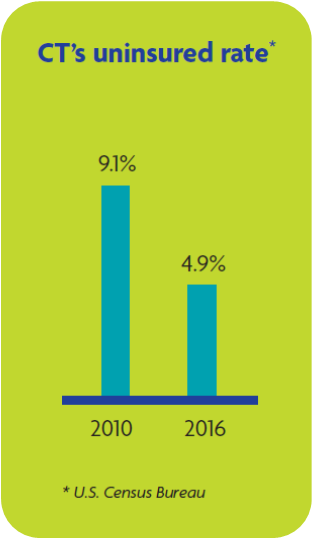
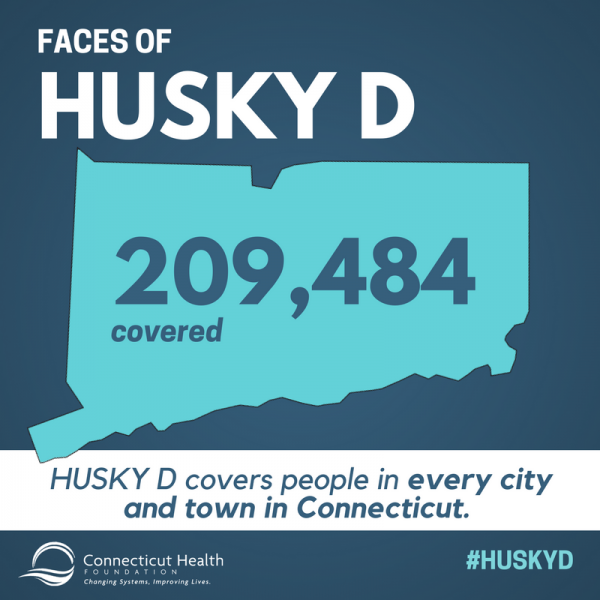 han 90 percent of the cost of the program, allowing Connecticut to cover more than 200,000 people with a relatively small budgetary impact.” Currently, the federal government pays 94 percent of the cost of coverage and the state pays 6 percent. The report also identifies challenges associated with HUSKY D, including concerns raised by health care providers about Medicaid payment rates and uncertainty in federal funding.
han 90 percent of the cost of the program, allowing Connecticut to cover more than 200,000 people with a relatively small budgetary impact.” Currently, the federal government pays 94 percent of the cost of coverage and the state pays 6 percent. The report also identifies challenges associated with HUSKY D, including concerns raised by health care providers about Medicaid payment rates and uncertainty in federal funding.



























